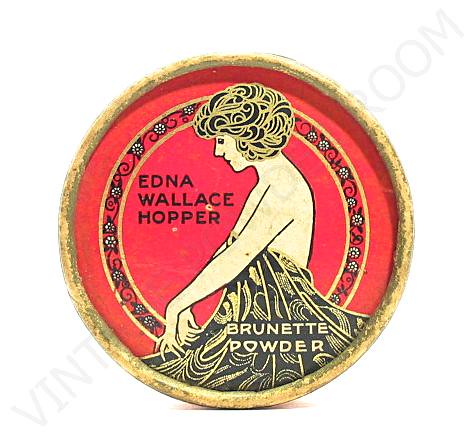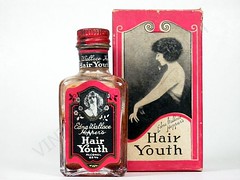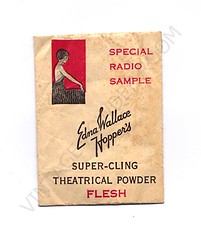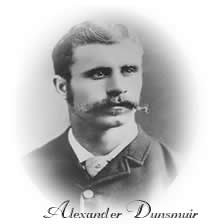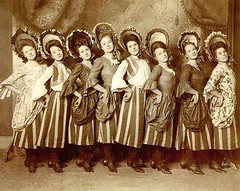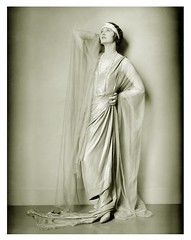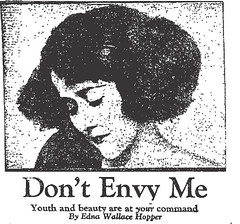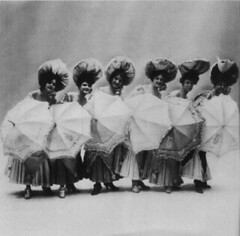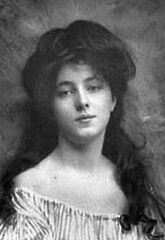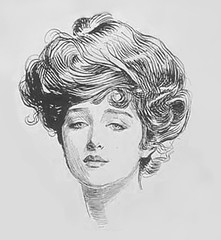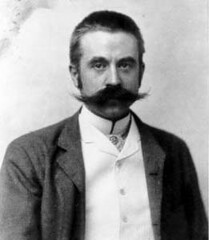Thu 6 Jan, 2011
EDNA WALLACE HOPPER
Comments (0) Filed under: Face Powder BoxesTags: DeWolf Hopper, Dunsmuir, Edna Wallace Hopper, Floradora, Hedda Hopper
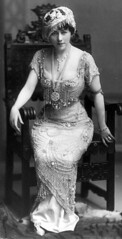 I’ve mentioned in previous posts that celebrity endorsements and branding of cosmetics is nothing new. One of the earliest and most successful brandings of a line of cosmetics would use the name and image of actress Edna Wallace Hopper.
I’ve mentioned in previous posts that celebrity endorsements and branding of cosmetics is nothing new. One of the earliest and most successful brandings of a line of cosmetics would use the name and image of actress Edna Wallace Hopper.
Edna Wallace was born in San Francisco, California to Waller and Josephine Wallace. She was likely born on January 17, 1872, but throughout her life she steadfastly refused to reveal her age. She said that no one could verify it because her birth records had been destroyed in the 1906 San Francisco earthquake.
Acting was in her blood, well, sort of – her father was head night usher at the California Theater. Even if her father didn’t act in the theater there was sufficient drama at home to make an impression on young Edna.
Edna’s dad was also employed as a barkeep, and it was in that capacity that he met Alexander Dunsmuir in about 1879. Dunsmuir was the son of a wealth Scots coal baron in Victoria, B.C. He’d been sent to run the family’s business office in San Francisco, but he much preferred a glass of whiskey. And who can blame him?
Waller eventually moved his wealth drinking buddy into the family home as a boarder. That wasn’t a very smart move. On one side of the coin was hard working Waller, on the other side was the enormously wealthy Alex. Could anyone have been shocked by the outcome when Edna’s mother fell in love with Alex, and the Wallace’s divorced? Waller was left with Edna and her brother, but after a while Josephine missed her kids. When Waller was offered a settlement in exchange for custody of the kids, he accepted.
Alex and Josephine may have been in love, but Alex’s mother had a vice-like grip on the purse strings and she wasn’t about to accept “that woman” as her daughter-in-law. She was so adamant about her disapproval that she even threatened to disinherit Alex.
Rather than annoy Alex’s mother by forcing the issue, the lovers quietly set up housekeeping (pretty risqué for the time) and waited for the inevitable – the woman couldn’t live forever, right? In 1898 Alex and his brother James finally gained control of the family business.
Alex took $350k (approximately $9 million in current dollars) of his share of the family fortune and built Josephine a fine home near San Leandro, California. He deeded the house to Josephine.
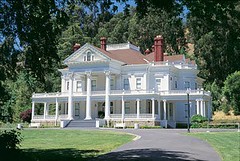 With no further family hurdles to overcome, Alex and Josephine were married. On their much-delayed wedding day Alex made out a will leaving everything but the San Leandro home to his brother James. The couple was married on December 21, 1899 at a hotel in San Pablo, California and honeymooned in New York City – where just one month later, while still on their honeymoon, Alex died. His years of hard drinking had taken their toll. Sadly, Josephine didn’t live much longer, she passed away in 1901.
With no further family hurdles to overcome, Alex and Josephine were married. On their much-delayed wedding day Alex made out a will leaving everything but the San Leandro home to his brother James. The couple was married on December 21, 1899 at a hotel in San Pablo, California and honeymooned in New York City – where just one month later, while still on their honeymoon, Alex died. His years of hard drinking had taken their toll. Sadly, Josephine didn’t live much longer, she passed away in 1901.
In 1904 Edna filed suit hoping to crack the will and walk away with about $1M. Even with the evidence of Alex’s drinking, the judge determined that he’d been of sound mind when he willed everything (but the house) to his brother James.
By the time of her mother’s death Edna had already starred in her most famous role, Lady Holyrood in the popular London stage play FLORADORA [see my earlier post on FLORADORA]. Though not playing one of the renowned Florodora Sextettes, she shared in some of the wild adulation of male admirers who mobbed the backstage door after every performance.
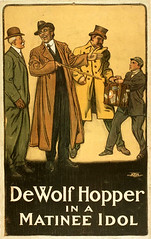
During the late 1890s Edna had married, and divorced, a fellow actor DeWolf Hopper. DeWolf had been as bald as a billiard ball from childhood (he had alopecia), so he wore wigs both on and offstage. In later years a reaction to harsh medicines that he took for throat problems gave his skin a bluish tinge. Being bald and blue did not diminish his powerful voice and great sense of humor, so DeWolf was still able to attract women – apparently in legion numbers. He reportedly had an insatiable appetite for young actresses and he’d left a trail of six wives and countless mistresses in his wake—he became known as the “The Husband of His Country.”
If the name Hopper seems familiar to you, you may be thinking of famed gossip columnist Hedda Hopper to whom DeWolfe was married from 1913-1924.
Edna took fewer acting roles in the 1910s, but her career took off in a surprising new direction in the 1920s. She was one of the earliest stage actors to have a facelift – she even had the operation filmed! She would make personal appearance tours over the next eight years showing the film and giving beauty tips.
Edna’s beauty advice appeared often during the 1920s in newspapers like the Los Angeles Times.
Edna’s tours and timeless good looks captured the attention Claude C. Hopkins, and advertising man who worked for American Home Products. The cosmetics line was a success and was still be advertised in the 1940s, although by that time only Edna’s name was being used.
Hopper separated from her second husband and he died in the 1930s. She went on to become the only woman of the thirty-six member board of L. F. Rothschild & Co. She traveled daily by subway to her office to handle investments until shortly before her death in New York City from complications of pneumonia on December 14, 1959. The news reports of her death gave her age as anywhere from the mid-80s to 95.
